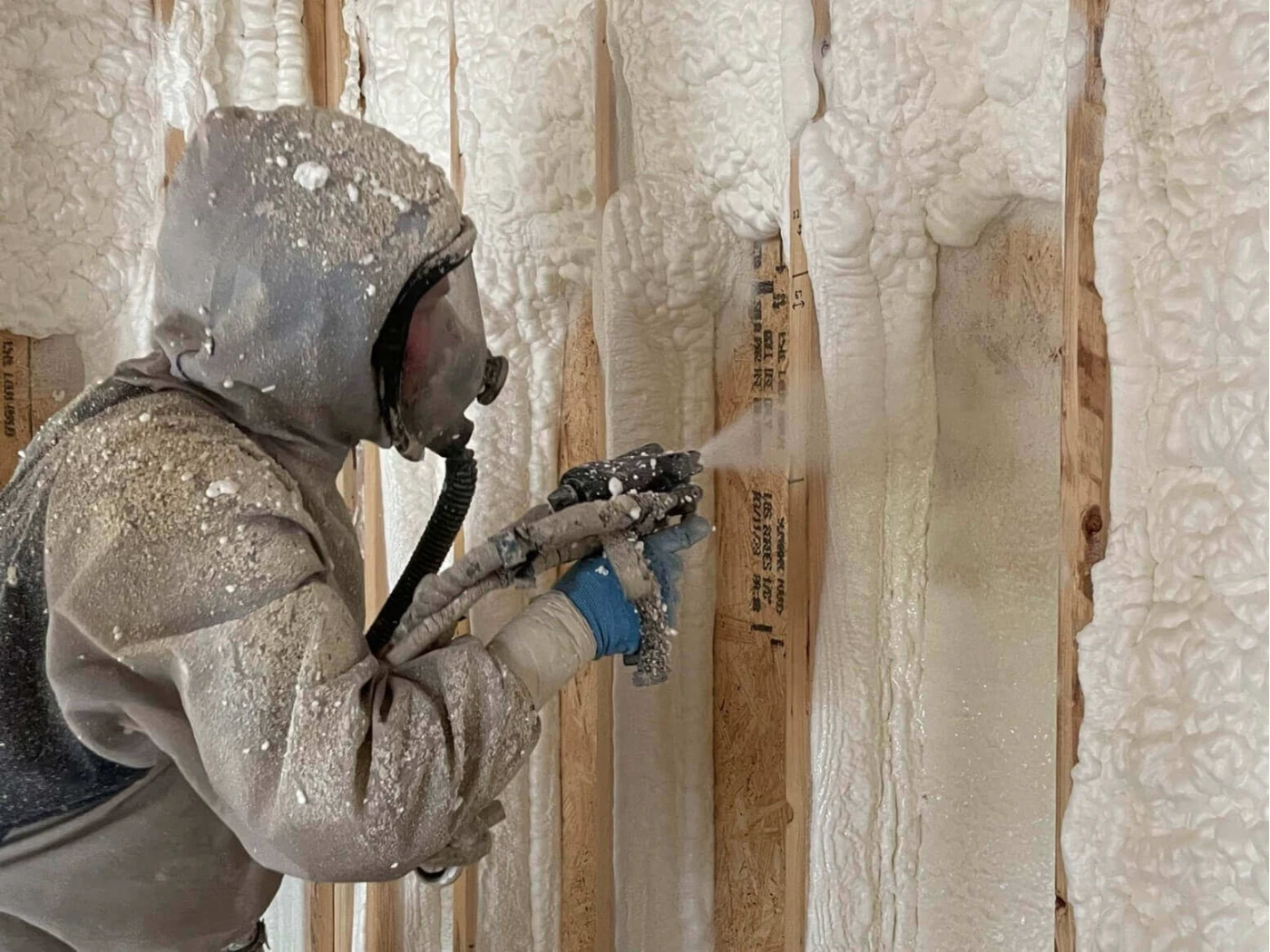
Spray foam insulation is a modern solution that improves energy efficiency, reduces moisture buildup, and enhances indoor air quality. Homeowners in Marianna, Florida, are considering it for its long-term benefits and effectiveness in sealing gaps that traditional insulation methods may miss. With rising energy costs and evolving building codes, understanding whether spray foam is the right choice for your home in 2025 is essential.
Spray foam expands upon application, filling cavities, cracks, and crevices in walls, attics, and crawl spaces. There are two main types:
Both options create an airtight seal, reducing heat loss and improving comfort.
Spray foam reduces thermal transfer, helping homeowners lower their heating and cooling costs. The insulation creates a barrier against outdoor temperature fluctuations, making HVAC systems work more efficiently.
Marianna’s humid climate can lead to mold and mildew issues. Closed-cell spray foam resists moisture infiltration, reducing the risk of structural damage and improving indoor air quality.
Unlike fiberglass or cellulose, spray foam does not sag or settle over time. It maintains its integrity for decades, providing lasting insulation without requiring frequent replacements.
Open-cell spray foam absorbs sound, making it an excellent choice for reducing noise transmission between rooms or from outside sources.
By sealing gaps and cracks, spray foam minimizes dust, allergens, and pollutants from entering the home, creating a healthier indoor environment.
Spray foam has a higher initial cost compared to traditional insulation materials, but the long-term savings on energy bills can offset this investment. Factors affecting the cost include:
For Marianna homeowners, the energy savings and reduced maintenance expenses can make spray foam a worthwhile investment.
Once cured, spray foam is non-toxic. Proper ventilation during installation is necessary, but after it hardens, it poses no health risks.
Yes, spray foam must be applied by trained professionals to ensure correct expansion, adhesion, and safety compliance.
In some cases, spray foam can be installed over old insulation, but a professional assessment is needed to determine compatibility.
| Feature | Spray Foam | Fiberglass | Cellulose |
|---|---|---|---|
| Energy Efficiency | High | Moderate | Moderate |
| Moisture Resistance | High | Low | Moderate |
| Longevity | 20+ Years | 10-15 Years | 10-15 Years |
| Cost | Higher Upfront | Lower | Moderate |
| Noise Reduction | High | Low | Moderate |
Spray foam offers superior performance in insulation, moisture control, and energy efficiency. While it may cost more initially, it provides long-term savings and benefits that other materials may not offer.
For homeowners looking to reduce their carbon footprint and utility costs, spray foam insulation is an excellent choice. By enhancing the building envelope, it helps create a more comfortable and sustainable living space.
Interested in upgrading your home’s insulation? Premier Insulation Plus offers professional installation services in Marianna. Contact us at (850) 600-4402 or email [email protected] to discuss your insulation needs.
The cost varies depending on the size of the home and the type of spray foam used. On average, homeowners can expect to pay between $1.50 to $3.50 per square foot.
Spray foam can last over 20 years without significant deterioration, making it one of the longest-lasting insulation options.
DIY kits are available, but professional installation ensures proper application and maximized efficiency.
Yes, homes with spray foam insulation are often more energy-efficient, which can be an attractive feature for potential buyers.
Yes, closed-cell spray foam acts as a moisture barrier, reducing humidity issues in Marianna’s climate.
Spray foam can reduce energy consumption, lowering carbon emissions. Some formulations also use eco-friendly blowing agents.
Depending on ventilation, re-entry is typically safe after 24 hours.
Yes, but removal can be difficult and labor-intensive. It’s best to consult a professional before installation to ensure it’s the right choice for your home.
Yes, it helps keep homes warm in winter and cool in summer, improving year-round comfort.
Common areas include attics, crawl spaces, walls, basements, and garages for optimal energy efficiency.